COP21: 10 animals seriously affected by climate change
As world leaders make speeches and delegates start to discuss how to mitigate the effects of climate change, its good to remember that human beings are not the only species threatened by global warming. In fact, the Intergovernmental Panel on Climate Change predicted that rising temperatures could wipe out one in three of the world's species of animals.
Scientists say that changing habitats, loss of prey and increased conflict with humans will all cause threatened species to die out as temperatures rise around the world. Here are some of the animals fighting for survival.
Puffins
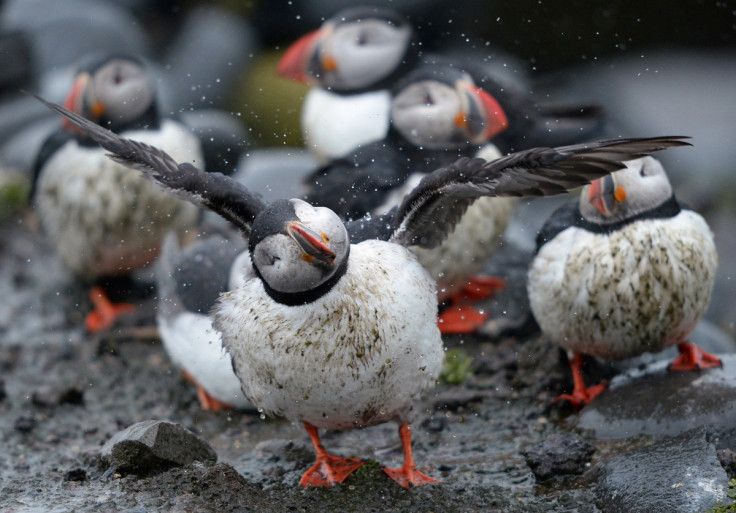
As warmer waters affect fish, puffins and similar fish-eating seabirds will find that their food is harder to come by. Many fish stocks are moving further north or deeper underwater to escape warmer seas, making it harder for puffins to get the food they need for themselves and their young. Although fish are able to migrate to better climates more easily, puffins can only hunt a certain distance from their nesting grounds – the further out to sea that fish go, the more difficult it is for the puffins to get there.
Sea Turtles
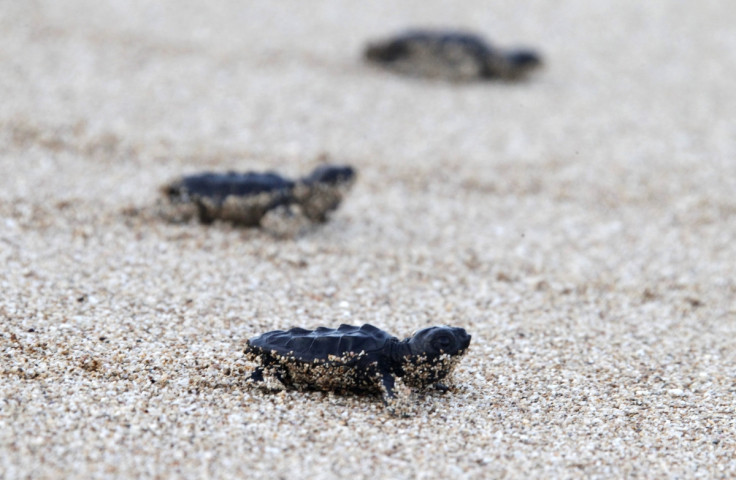
Sea turtles are already under threat because of certain fishing practices and litter in the oceans that can choke them; now climate change is adding extra pressure. As the ocean levels rise, sea turtle mating beaches will be eroded, which is particularly devastating to sea turtles as they are usually imprinted with the site of their birth and will try to return there to reproduce. Warmer sands can also affect sea turtle eggs and cause many not to hatch. The warmer waters will also damage coral, a habitat for much of the sea turtles' essential diet.
American Pika

Many people think the pika was the influence behind one of the world's best loved fictional animal creations, Pikachu the Pokemon. But the adorable rodent has had to move from more than a third of its previously-known habitat in the US states of Oregon and Nevada. Rising temperatures are particularly hard for the pika to adapt to, because exposure to just 25C can kill them. Pika that have been slowly moving up mountains to stay in the climate they are adapted to are discovering that mountains do not go on forever.
Snow Leopards

Snow Leopards have long been on the list of endangered species. Poaching is still a threat to the big cat, but so is climate change – as temperatures rise, mountain ecosystems change. And as snow leopards find that more and more of their usual prey is dying out or moving to different areas, they are more likely to search further afield and come into contact with humans. They are also more likely to attack livestock, provoking revenge attacks from cattle farmers. Snow leopards are particularly hard for us to help as they are such solitary animals – we are not even sure how many there are left in the wild, with estimates ranging between 4,000 and 6,500.
North Atlantic Cod
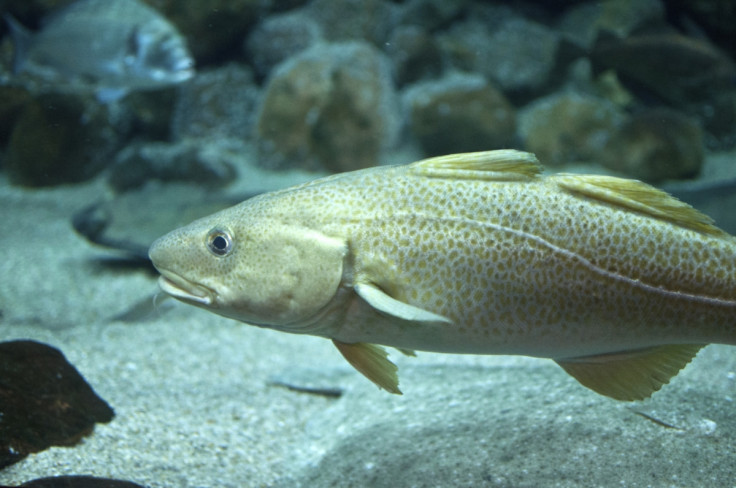
Though maybe not the cutest of the entries, it is nonetheless an important species – not just for its own ecosystem, but for human economies as well. Cod went through a large fall in population due to overfishing in the 1900s, and even though quotas were put on fishermen, the fish population never bounced back. Cod are cold water fish and warmer waters can affect their biological systems, not to mention the distribution of their prey, and having to search longer and further for food means that the fish are more vulnerable to predators themselves. The huge fall in cod populations and ever more stringent quotas mean that fishermen who have lived their whole lives on cod fishing are finding it harder to make a living.
Reindeer
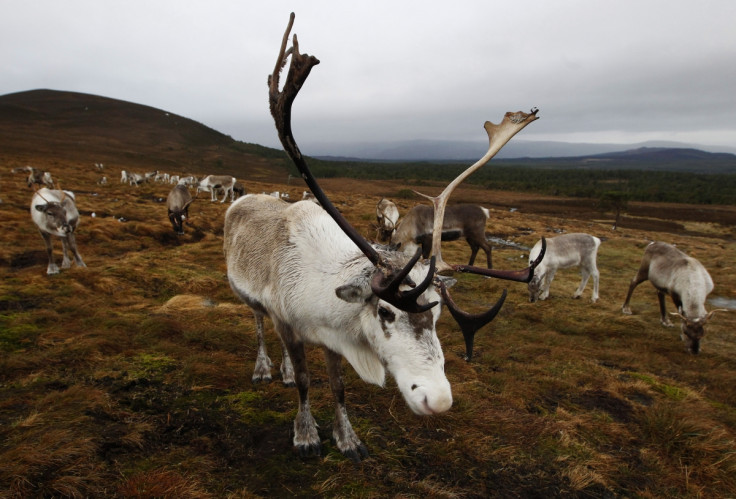
Not only are reindeer finding that the cold, snowy habitat they prefer is retreating further with each passing year, they are also having trouble getting at their food. Reindeer subsist on a diet of lichen and moss, but with current erratic rainfall in Arctic areas, these nutrients are hidden under a layer of ice that the reindeer cannot pierce. Added to that, rivers that used to freeze so solid they were used as paths by reindeer and herders such as the Sami in northern Scandinavia are not becoming so solid any more. A few years ago, 300 reindeer were lost in northern Sweden after the ice on a river they were crossing broke.
Polar Bears

One of the more iconic victims of climate change is the polar bear. In mid-November, the International Union for Conservation of Nature said that climate change was the most serious threat to polar bear survival and predicted a 30% drop in polar bear numbers in the next 35 to 40 years. Recent studies showed that the Arctic sea ice that polar bears need to hunt their prey is appearing less each year, meaning that polar bear's survival is getting more difficult.
Penguins
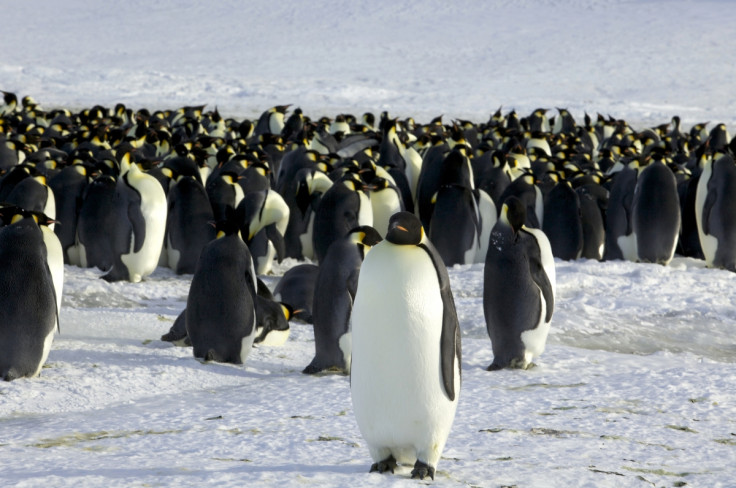
A recent study predicted that penguin numbers are set to drop by at least 19% through this century. In a similar way to polar bears, the changes in sea ice will impact key food for penguins. As well as that, Emperor Penguins breed almost exclusively on sea ice.
Koalas
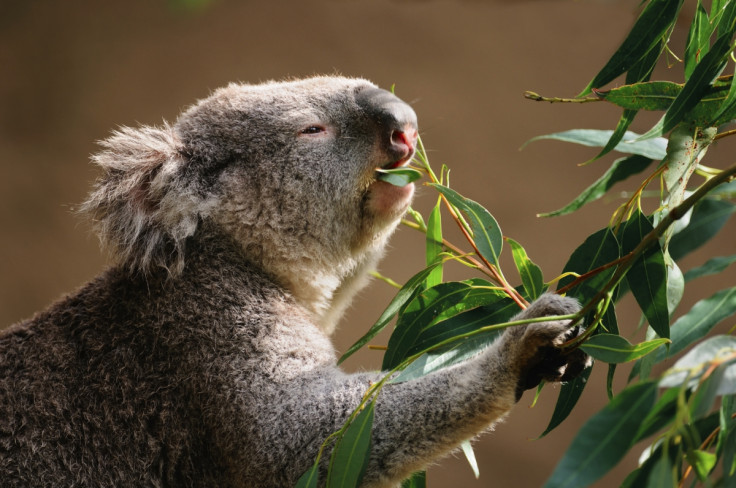
Most of the animals on this list are and will be affected by rising temperatures; for koalas, it's CO<sub>2 levels that put them at risk. Though higher CO<sub>2 levels can cause plants to grow faster, that doesn't mean that there are more plants for koalas to eat; in fact, the eucalyptus trees that koalas depend on are becoming less nutritious, meaning that malnutrition and starvation in koalas in increasing. Warming weather also has an effect on the animal, with higher temperatures forcing the koala to spend more time on the ground looking for water,- where they are most exposed to predators.
Bark Beetle
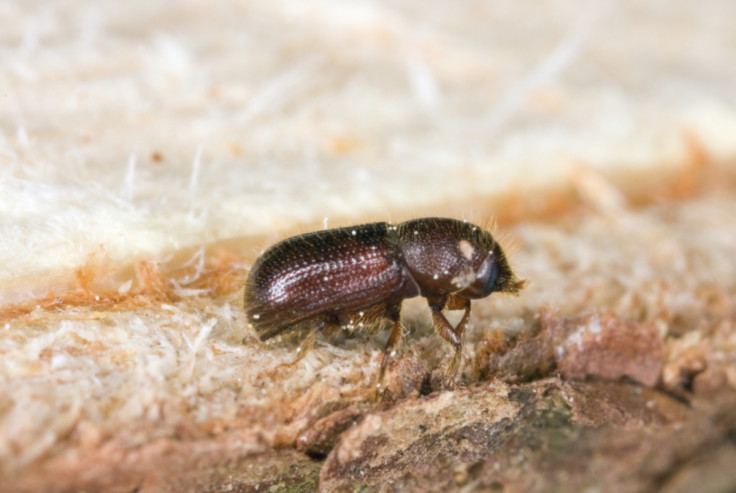
Most creatures are suffering negative effects thanks to climate change, but not so the bark beetle. Bark beetles, like a number of insects, thrive with temperature rises of a few degrees; their numbers multiply and the negative effects are felt, instead, by everyone else. Bark beetles decimate forests, both by eating the trees themselves and by spreading fungi that further damages trees. The US Forest Service has said that it estimates as many as 100,000 trees are killed every day by beetles in southern Wyoming and northern Colorado alone.
© Copyright IBTimes 2025. All rights reserved.





















